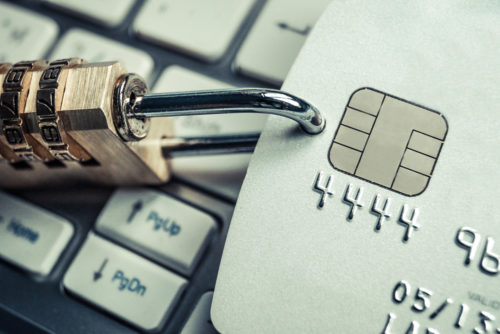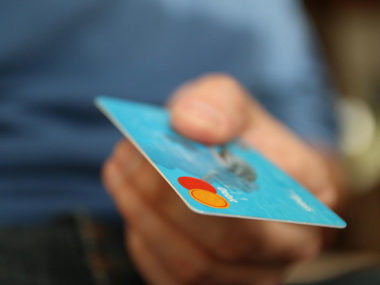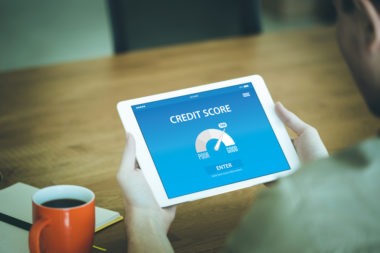Table of Contents
What Is a Secured Line of Credit?
A secured line of credit is a revolving loan, or permission to borrow money, based on collateral you provide. Collateral can be a house, a car, cash, or some other kind of asset if the credit grantor is willing to accept it. When you provide collateral to a creditor, you provide them with a guarantee that they will get their money back. The collateral you put down depends on what type of secured line of credit you get.
The difference between a secured line of credit and a regular line of credit (LOC) is that with a secured line of credit, the creditor or lender is certain they will get their money back because of your collateral. Therefore, they have security. With an LOC, the creditor is giving you the benefit of the doubt and assuming you will pay what you owe because of your credit score and the penalties for defaulting.
How a Secured Line of Credit Works
First, in order to get a secured line of credit you must have some form of collateral.
After you find a creditor, the negotiations begin. The creditor assesses the value of your asset to determine how much they can lend you. They set the credit limit based on this assessment, which is a cap on how much you can borrow, and they tell you what the interest rate will be. An interest rate is a percentage that the creditor applies to the amount you borrow. If you can’t pay back the entire loan by a set date, the creditor will charge you interest in addition to the amount you already owe.
With a secured line of credit, Experian reports that the interest rate is typically lower than a regular, unsecured LOC. Creditors absolutely love secured lines of credit because your collateral guarantees they can’t lose. If you default on the loan — meaning you can’t pay it back — the creditor/lender gets to seize your collateral. If you paid part of what you owe before default, the creditor walks away with both your collateral and the amount you’ve paid.
Examples of Secured Credit
Secured Credit Card
Banks and credit unions offer secured credit cards to consumers whose credit scores don’t qualify for a regular credit card. You have to deposit a minimum amount of money to get a secured credit card. Thereafter, your deposit is collateral for the purchases you make with the card, and sets your credit limit. The card issuer reports your payment activity to each of the three credit bureaus. The express purpose of these cards is to prove you’re reliable and to build your credit score.
When you pay back the amount you owe in full and on time it reflects positively on your credit history, and you improve 65 percent of your score with a single action.
For the majority of secured cards, your credit limit is based on your deposit. In some rare cases, your limit will be higher than your deposit. Some cards also offer cashback rewards. After you meet your payments on time for a certain number of months, you’ll get an offer for an unsecured credit card and you’ll get your deposit back.
Mortgage
To get a mortgage loan, you must make a down payment on a house, and your credit score and assets must be at a certain level. A down payment is usually 10 to 20 percent of the house’s selling price. The lender gives you a fixed or adjustable interest rate on your mortgage. A fixed rate remains the same while an adjustable rate will change.
A mortgage is a secured loan because, if you can’t pay it back, the lender will foreclose on your house and sell it at auction.
HELOC or Second Mortgage
To get a home equity line of credit (HELOC) or a home equity loan (sometimes called a second mortgage), you put your house on the line as collateral. A HELOC allows you to continue borrowing money and the interest rate is variable, meaning it will change over time. A home equity loan is a lump sum of money with a fixed interest rate. If you default on the loan, the lender forecloses on your house.
Auto Loans
Usually, cars aren’t used as collateral for a line of credit, but to secure loans. Some dealers have in-house financing, meaning they will loan you the amount you need to buy a car. Other lenders provide auto loans as well. You must have a qualifying credit score — if your credit isn’t good enough you make a down payment, or you might not qualify for the loan.
You pay interest on the loan at the same time as you pay for the car. If you default, the lender will repossess your vehicle.
Title Loans and Lines of Credit
To get a title loan or line of credit, you put your car on the line as security for the lender. As the name implies, you take your car title to the lender, they keep the title, and you get it back once you pay off the loan or repay your line of credit. These loans can come with incredibly high interest rates so be careful. If you default on the loan, the lender can seize your vehicle.
Why Get a Secured Line of Credit?
You can build up your credit history and improve your credit score with a secured line of credit. The secured credit card is basically a way for financial institutions to figure out whether you’re trustworthy. It’s like prep school. Get good grades, and you graduate to unsecured credit. Along the way, you’ll pay a lower interest rate than you would with a regular credit card.
However, secured credit cards may have hidden fees, including annual fees, late payment fees, and returned payment fees. And you can actually hurt your credit score if your creditor looks at your activity as unsafe.
Your utilization ratio must remain below a certain percentage. If your credit limit is $500 and you have an outstanding balance of $250, that puts your utilization ratio at 50 percent, which is too high. Keep your utilization ratio as close to zero as possible. This is just a way of saying pay your balance in full, or as close to full as you can get, by the scheduled payment date.
With a HELOC or other secured loan, you must make sure to read the terms of your agreement in full. Over time, the interest rate for your HELOC will rise. That means you’ll not only be paying off the loan, you’ll be drowning in interest payments. Borrowing too much money and defaulting on the loan means you lose your home.
Ultimately, secured lines of credit can have decent interest rates because of the guarantee you’re providing to the lender, so shop around for the best one. But be prepared — if for some reason you can’t make payments, you lose your collateral.
Image Source: https://depositphotos.com/




